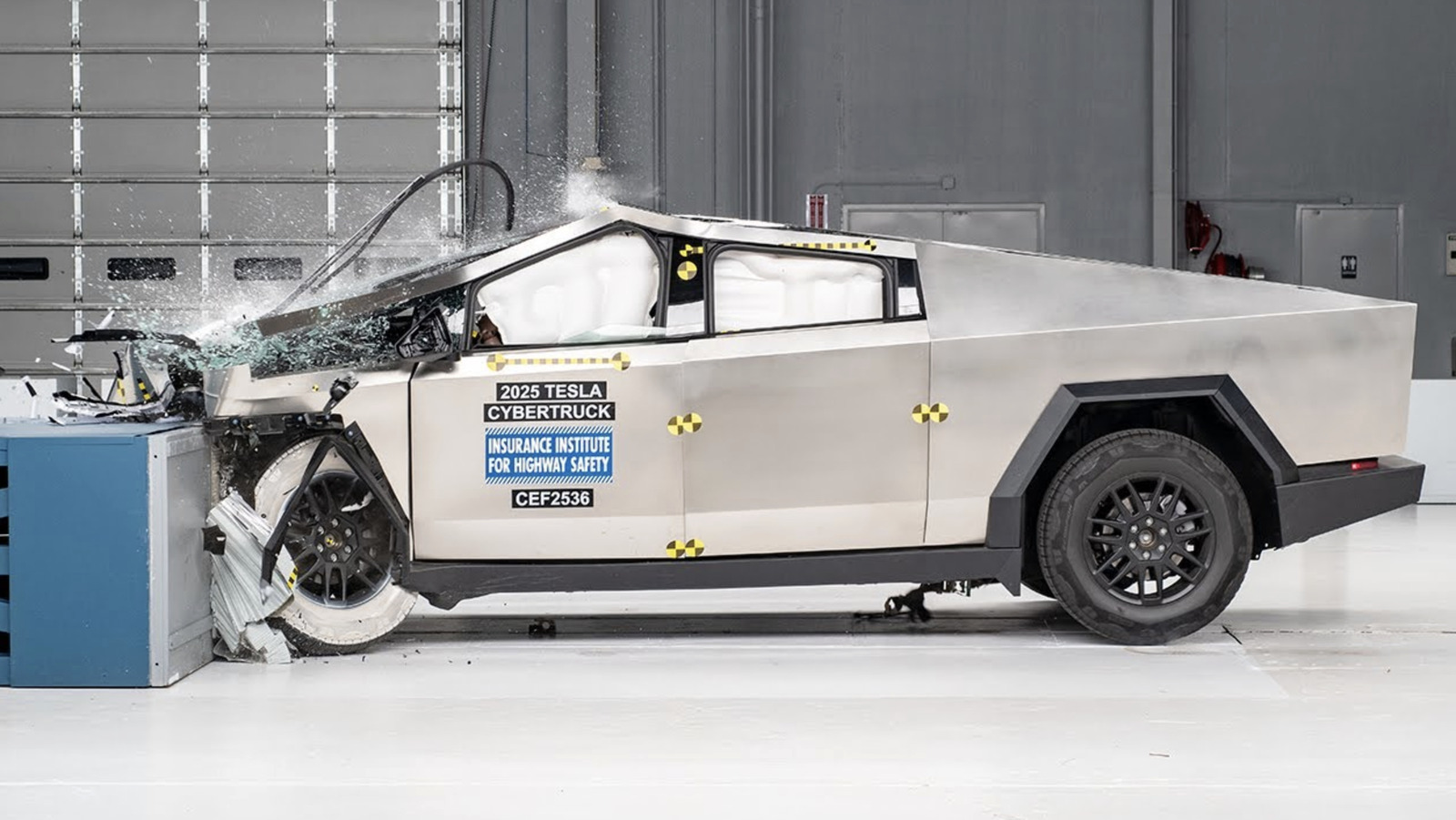The sales of Tesla’s Cybertruck have experienced a dramatic decline, plummeting by more than 62% in the third quarter of 2025 compared to the previous year. Tesla sold approximately 5,400 Cybertrucks during this period, highlighting significant challenges in finding a market for the electric vehicle. Despite a record-setting quarter for the broader electric vehicle (EV) market, which saw surging sales ahead of the expiration of federal EV tax credits, the Cybertruck’s performance stands out as an anomaly.
Elon Musk’s ambitious projections for the Cybertruck, suggesting production could reach a quarter of a million units annually, have not materialized. As of now, Tesla has sold around 16,000 Cybertrucks in 2025. The vehicle, which launched in November 2023, has struggled against competitors, including Ford’s F-150 Lightning, which sold 10,000 units in the same quarter.
There are various factors contributing to the Cybertruck’s poor sales performance. The vehicle’s high starting price of around $100,000, significantly above Musk’s initial promise of $39,990, has deterred potential buyers. Additionally, perceptions of the Cybertruck as unsafe and impractical have not helped its image. Analysts suggest that the vehicle is closely intertwined with Musk’s persona, leading to an association that may alienate some consumers.
GM Reports Significant Losses as EV Strategy Fails to Deliver
General Motors has reported a staggering $1.6 billion charge related to its electric vehicle investments in the third quarter. This financial setback comes as GM shifts its focus back towards gas-powered vehicles in response to the slower-than-anticipated adoption of EVs. According to government filings, approximately $1.2 billion of this charge stems from unused equipment intended for EV production, while the remaining $400 million relates to supplier contract cancellations.
The company has made substantial adjustments to its production plans, which include cutting shifts and laying off hundreds of workers at its Factory Zero EV plant. These measures are aimed at realigning the company’s EV production capacity in light of policy changes affecting consumer tax incentives and emissions regulations.
In a filing, GM stated, “Following recent U.S. government policy changes, including the termination of certain consumer tax incentives for EV purchases and the reduction in the stringency of emissions regulations, we expect the adoption rate of EVs to slow.” The company is also undergoing a retooling of its Kansas City assembly plant to prepare for the production of the gas-powered Equinox, which reinforces its pivot away from electric.
Despite these losses, experts maintain that GM’s investments in EV manufacturing technology are not entirely wasted. Sam Abuelsamid, vice president at Telemetry, noted that although the equipment is currently underutilized, it retains potential value for future use.
Ford Faces Production Cuts Amid Aluminum Shortages
Ford Motor Company is temporarily halting production of several key models, including the Expedition and Lincoln Navigator, due to a fire at an aluminum supplier plant. The Kentucky Truck Plant will pause operations for a week as the automaker navigates significant supply chain disruptions caused by the incident at Novelis, which supplies about 40% of the aluminum used in the U.S. auto industry.
The fire, which occurred in September, has raised concerns that Ford could face a loss of up to $1 billion in operating profits if disruptions continue. Currently, Ford is working diligently with Novelis to address the supply challenges while exploring alternative sources for aluminum.
Despite these challenges, Ford has managed to maintain production of its F-Series trucks at the Kentucky plant, although concerns remain about potential shortages. The company also paused operations at its Louisville assembly plant and adjusted shifts at its Dearborn facility, which produces the F-150 Lightning, to conserve aluminum supplies.
Overall, the automotive industry is currently navigating a complex landscape of production challenges and shifting market dynamics, with major players like Tesla, GM, and Ford reevaluating their strategies in response to economic pressures and changing consumer preferences.
